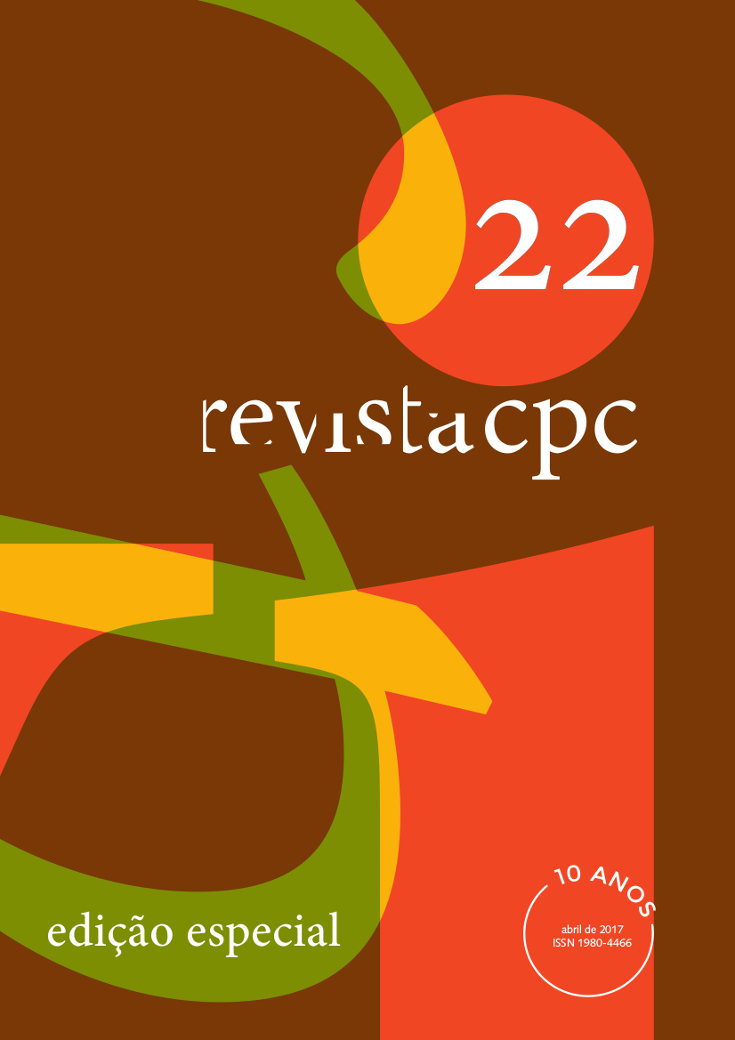Residências paulistanas entre as Grandes Guerras
DOI:
https://doi.org/10.11606/issn.1980-4466.v0i22p271-285Palavras-chave:
Arquitetura paulista, Edifícios residenciais, Patrimônio ambiental urbanoResumo
O texto tem como referência o estudo elaborado para a tese de doutorado relativa ao panorama da arquitetura residencial paulistana nos anos 1920 e 1930 – período conhecido como Entreguerras. Fora as residências e palacetes projetados para a elite paulistana por profissionais de renome e as habitações operárias e construções de uso misto, houve naquela época o surgimento de manifestações arquitetônicas residenciais provenientes da expressão da classe média da população que, pela sua alta incidência, tiveram presença marcante na paisagem urbana da capital paulista. Hoje, as residências remanescentes desse período compõem o patrimônio ambiental urbano da cidade. Essas casas são bens culturais significativos, pois mostram o estágio tecnológico e cultural alcançado por aquele grupo social, revelando também os costumes, as técnicas e os gostos estilísticos em voga. Assim, a partir da análise de uma amostragem representativa de projetos residenciais guardados no Arquivo Geral da Prefeitura de São Paulo, o estudo caracterizou a arquitetura predominante das residências de classe média, com foco nas inovações técnico-construtivas e suas implicações na melhoria da qualidade construtiva; nas soluções programáticas surgidas na época; e no repertório formal e estilístico daqueles anos – o neocolonial e depois o art déco – além de outras formas de expressão arquitetural, de caráter personalista.
Downloads
Downloads
Publicado
Edição
Seção
Licença
- Os autores mantêm os direitos autorais e concedem à revista o direito de primeira publicação, com o trabalho simultaneamente licenciado sob a Licença Creative Commons Attribution que permite o compartilhamento do trabalho com reconhecimento da autoria e publicação inicial nesta revista.
- Os autores têm autorização para assumir contratos adicionais separadamente, para distribuição não exclusiva da versão do trabalho publicada nesta revista (ex.: publicar em repositório institucional ou como capítulo de livro), com reconhecimento de autoria e publicação inicial nesta revista.
- Os autores têm permissão e são estimulados a publicar e distribuir seu trabalho on-line (ex.: em repositórios institucionais ou na sua página pessoal) a qualquer ponto antes ou durante o processo editorial, já que isso pode gerar alterações produtivas, bem como aumentar o impacto e a citação do trabalho publicado (Veja O Efeito do Acesso Livre).








